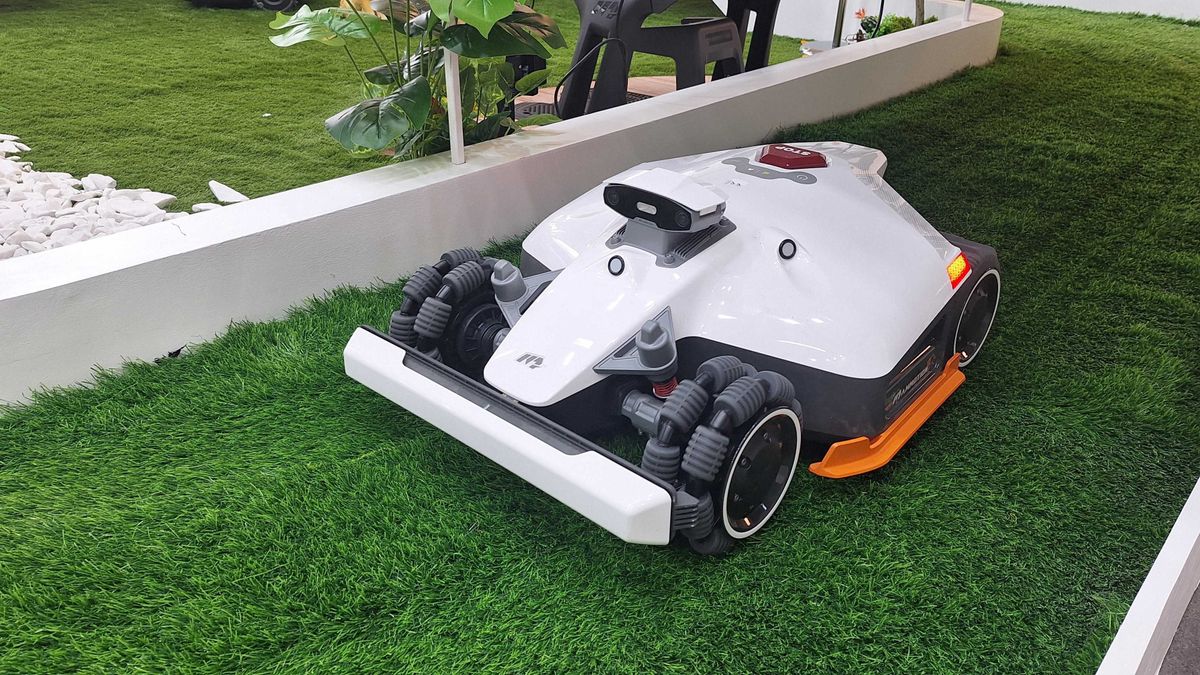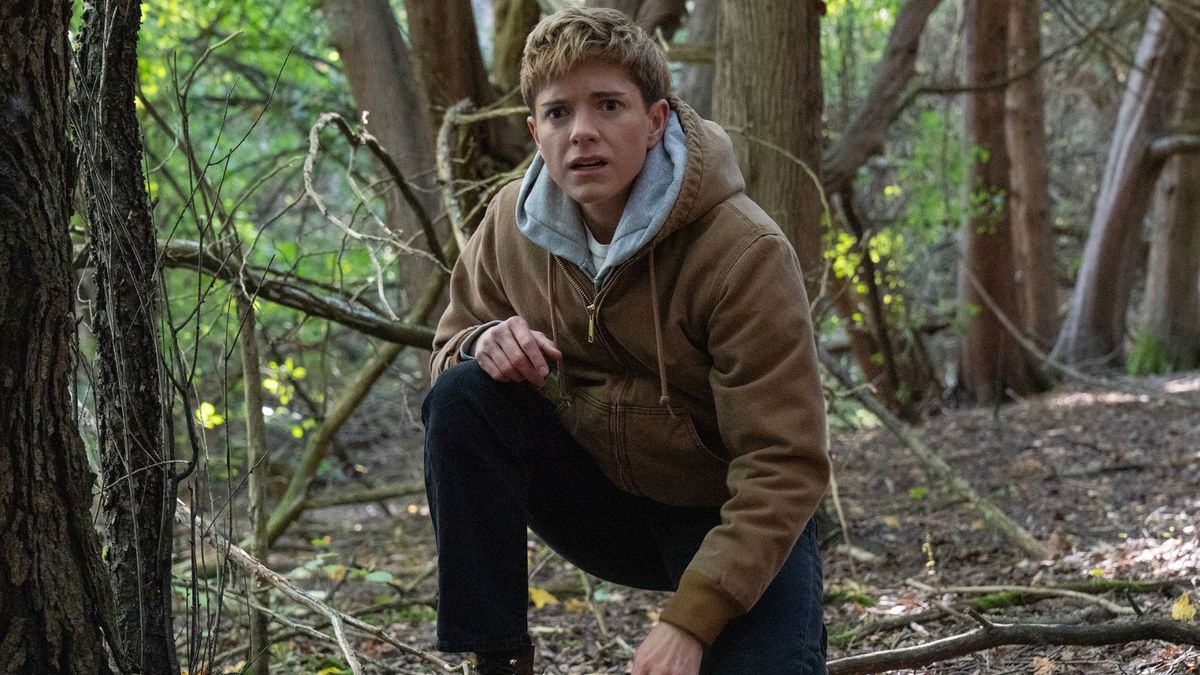This station is just a logistical one; it’s not meant to host people, and everyone who stays there blocks others from coming in. It’s a real logistical challenge for the people working there, so they want us to leave as fast as possible. But the weather is so unpredictable that you can’t just take a plane and go inland. You need to wait until the weather is almost stable, and the pilot says, “I’m ready to fly,” because he has the final word.
I still had my data problem from before, and I was trying to connect to the internet. There, it was like the internet of the ’90s—you know, beep beep beep. I tried to log in, and finally, after maybe two or three hours, on one computer, I got to the stage where it said, “OK, I’m going to log in to your account so you can download your stuff. Please give me your phone number. I’m going to send you an SMS to log in.” That was the double verification, and it wasn’t working because, obviously, there’s no phone service. So I couldn’t access my data because of this double verification.
Finally, we took a plane. This one is smaller, a Basler BT-67 plane, which comes from Canada to fly within Antarctica and then goes back to Canada at the end of the season. This plane ride took four hours. It’s a non-pressurized plane. You make sure to put all your clothes on, to be ready to go out in Concordia, because it’s about minus 30 Celsius. We were super afraid.
The first thing after landing in Concordia was this feeling of dizziness, vertigo. What I didn’t know when I arrived there is that you’re at 3,200 meters above sea level, so you feel the altitude a little bit. After four hours in this small plane, where you just see flatness of white, and nothing else, you come down to Concordia.
From a distance, you see the station. That station seems so small because there’s literally nothing around it—no mountains, nothing. And you have this little boulot dans l’estomac, as we say in French, like butterflies, because, you know, “Wow, that’s going to be my home for one year.” We came down to Concordia station, and the crew that had just spent a year and was now leaving the station, was awaiting us and welcomed us very warmly. They got us inside the station because we were sometimes afraid of high-altitude sickness. They want to make sure no one is carrying anything heavy, that we’re not doing physical activity. They told us, “Just stay calm for the next few days.”
Concordia is accessible only by aircraft during the summer months, from November to February. In winter, temperatures plummet to minus 112 degrees Fahrenheit.
The station is made of two towers, with 18 faces for each tower. It’s basically white, with a little bit of orange, and that’s it. You enter through a tunnel between the two towers. You take off your boots and leave all your stuff there. It’s quite small. Then you can go to the left, which is the “calm tower.” Inside, you have the dormitories, the laboratories, and the hospital. It has three floors. The middle floor is dormitories, and the upper floor is laboratories. It’s called the “calm tower” to keep it calm. Then we go to the other tower, on the right side from the entrance. It has the technical stuff. On the second floor, there’s the video room for movies and the sports room. On the top, you have the living room, the eating area, and the kitchen.
In five minutes, you’ve done the tour of your new home. It’s super impressive because you think, “Someone had to build this in the middle of nowhere. Someone had to take the first steps.” And this is just incredible. So many people go to Antarctica with nothing. We arrive here, and we have the luxury of having this building to protect us from this environment.
It’s so out of this world to be there. We’ve seen a lot of pictures of Antarctica, and we’ve probably read a lot of books, but you’ve never been in the center of Antarctica, which is quite different. There’s no life—no birds, no trees—there’s literally nothing, nothing but ice and wind.

 2 months ago
22
2 months ago
22







 English (US) ·
English (US) ·